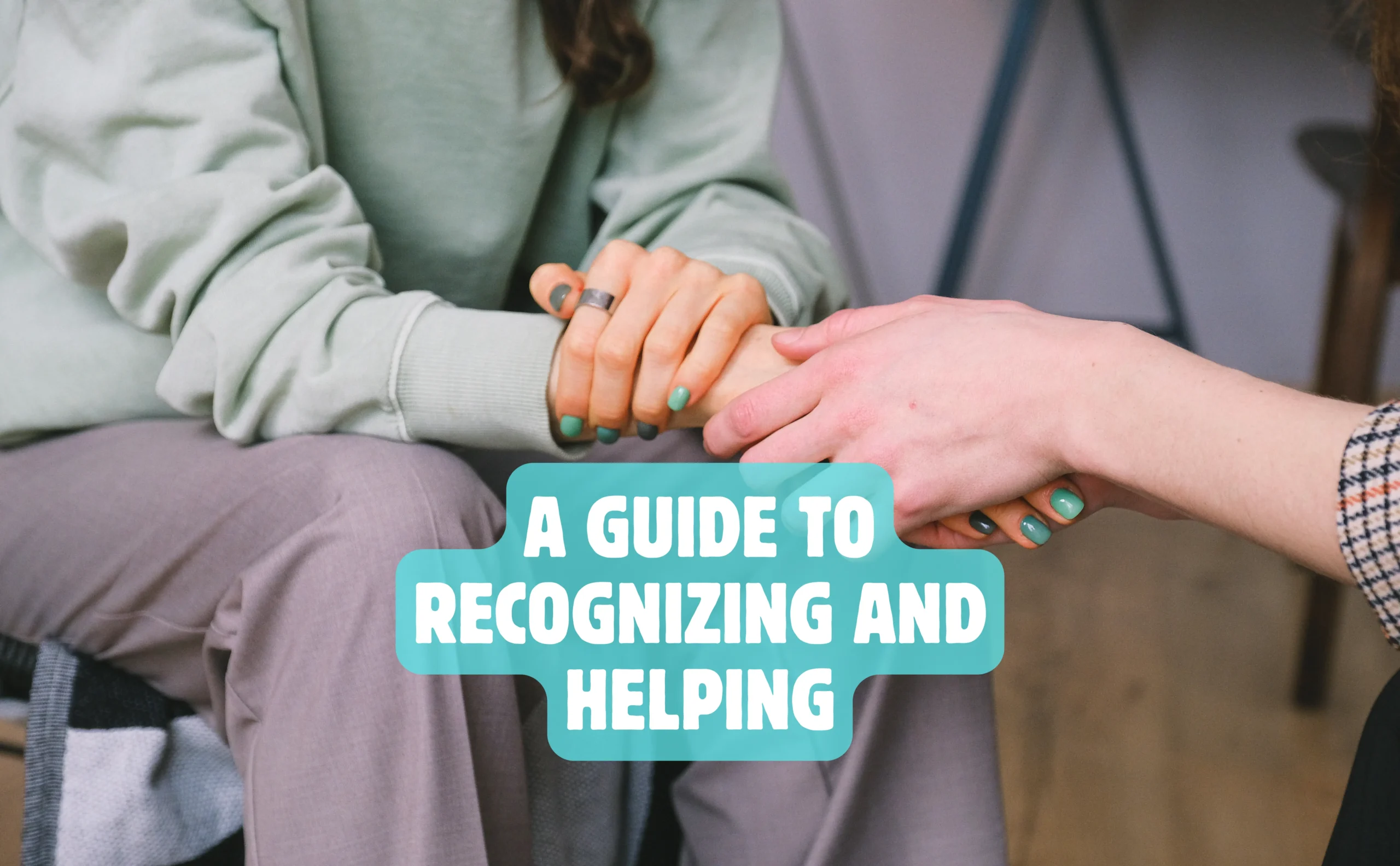20 Warning Signs Someone Is in Survival Mode helped Sarah When she walked into her best friend Emma’s house, she noticed something was off. Emma, usually full of energy and laughter, seemed distant. The house was unusually messy, and Emma had barely touched her tea. “Just busy,” Emma said with a forced smile. But Sarah knew better, with the help of the 20 Warning Signs Someone Is in Survival Mode, her friend was stuck in survival mode.
Table of Contents
What is Survival Mode?
The situation being in survival mode appears as if life is highly stressful, and a human being’s mind and body are preoccupied with the only thought of completing their everyday activities. It’s a bit like permanently triggering the survival instinct, and a person feels on guard all the time. While survival mode could be a short-term response to stress, sticking to it too long can be a threat to both, mental and physical health. That’s why we need the 20 warning signs someone is in survival mode.
Here are 20 warning signs someone is in survival mode, explained in more detail.
1. Chronic Fatigue
Feeling tired occasionally is normal, but someone in survival mode experiences a deep and unshakable exhaustion. They’re often physically drained, even after sleeping for hours or taking a break. It’s as if their body never has a chance to recharge because they’re constantly running on empty.
2. Forgetfulness
“Have I mentioned that before?”, Emma inquired of Sarah during their conversation. The memory is totally off-track when the brain is stressed out. Crucial schedules, duties, or even some mundane things are promptly slipped out the memory.
3. Neglecting Basic Self-Care
From skipping meals to avoiding showers, basic self-care feels like a monumental task. This neglect is often a sign that someone’s mental and emotional energy is being entirely consumed by just “getting through” the day.
4. Emotional Numbness
Emma didn’t seem to get excited about her upcoming birthday. When you are in a situation of survival, not only the body gets very tired, but also the mind feels very detached. It turns very difficult to experience joy, sorrow, or something in the middle.
5. Overreacting to Small Problems
When Sarah unintentionally poured water, Emma began to cry. A person who is in survival mode can see the smallest problem as the result of a big issue unable to be solved, this emphasizes the fragile state of their mental health.
6. Hyper-Focus on Tasks
Some people find a solution to stressful situations through task and overactivity that has been associated with cleaning or work as these activities are the form of control for them. Although one may say that they are doing a lot, in fact, it is a way to escape and to keep busy but thus, it’s their coping strategy.
7. Insomnia or Oversleeping
Survival mode disrupts sleep patterns. Some people stay awake overthinking their problems, while others oversleep as a way to escape their emotional strain. Neither option allows the body to truly rest and heal.
8. Isolation
Emma has been cancelling plans for weeks now. Usually, such behavior is a surviving sign, since, in most of the cases, we have to overcome the feeling of unbearable effort when someone is already mentally stretched to the maximum.
9. Constant Overwhelm
Day-to-day activities such as cooking, paying bills, or answering emails are considered a heavy load to bear. Journeying into the world of survival mentality can sheer off unnecessary weight, turning trivial things into mountains.
10. Anxiety and Irritability
Survival mode moves the nervous system to heightened alertness thus results in continuous agitation and irritability. A small remark or lack of a small thing can immediately cause the mood to switch or put the person into deep anxiety.
11. Lack of Joy
Hobbies, passions, and even relaxing activities lose their appeal. Emma hadn’t touched her painting supplies in months because nothing seemed worth the effort.
12. Health Issues
Frequent headaches, stomach problems, or other unexplained health issues can often signify “flight or fight” mode. The virus makes the immune system weak, thus, making the body more susceptible to diseases.
13. Negative Self-Talk
Survival mode often feeds internal criticism. Statements like, “Nothing I do is ever good enough” become a daily mantra, highlighting deep emotional distress.
14. Poor Decision-Making
Survival mode clouds judgment. Deciding what to wear, what to eat, or even what to do next becomes a battle of mental willpower. Bigger decisions feel impossible.
15. Eating Habits Change
Food becomes another aspect of life that feels out of control. People might overeat to self-soothe or forget to eat entirely. Either extreme indicates deeper stress at play.
16. Difficulty Concentrating
Emma couldn’t get into Sarah’s stories, always having her thoughts somewhere else. The brain fog is one of the key indicators that the individual is both mentally exhausted and emotional.
17. Overthinking Everything
Decisions like picking out a shirt or responding to a text become multi-step processes filled with anxiety. Survival mode magnifies small problems into significant dilemmas, leading to paralysis.
18. Apathy Towards Responsibilities
Piles of bills, dishes in the sink, or a messy living space often show someone’s inability to handle day-to-day tasks. It’s not laziness—it’s an overwhelming lack of energy and focus.
19. Strained Relationships
Constantly having to cancel plans took a toll on Emma’s friends, but she was too shy to come clean with her difficulties. When being in survival mode, it is the breakdown of communication and a hole in distance to loved ones.
20. Fear of the Future
Being stuck in a situation where your energy is only focused on survival makes dreaming of the future seem like it is just too fabulous. To make future plans, whether for a vacation or a career goal, sound as misery as possible was the hardest task. What can you do first, and then we will talk about it?
Those were the 20 warning signs someone is in survival mode. Now, let’s explore ways to support them.
How to Support Someone in Survival Mode
If someone you know is showing one of the 20 Warning Signs Someone Is in Survival Mode, there are ways to help:
- Be Patient and Understanding: Avoid judgment. Instead, let them know you’re there for them.
- Encourage Professional Help: Therapy can offer tools to manage stress and break free from survival mode.
- Offer Practical Help: Small acts like cooking a meal or running errands can make a huge difference.
- Check-In Regularly: A simple “How are you really feeling?” can open the door for deeper conversations.
- Celebrate Small Wins: Remind them that progress, no matter how small, is still progress.
Visit NAMI, it is the official website of the National Alliance on Mental Illness (NAMI), one of the largest grassroots mental health organizations in the United States.
Sarah decided to show up more often for Emma, offering her time and presence without expecting anything in return. Over time, Emma began to smile more, reconnect with her hobbies, and plan for her future. The 20 warning signs someone is in survival mode guided Sarah in understanding and supporting her friend Emma.
Did you know that recognizing those 20 warning signs someone is in survival mode will allow you to help them, or, to find out the possibility of you needing help yourself? Coming out of the survival mode is not as difficult as it seems and with love and caring, days will become brighter.
Find more in Personal Growth & Wellness and Health.




